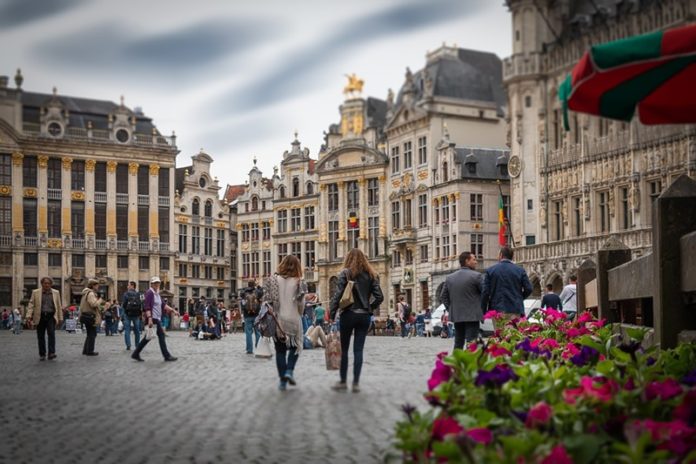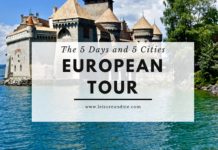Brussels is a city easy to love. Immortalized in a tender song by the chansonnier Jacques Brel, the capital of Belgium seduces at first sight and just a walk through the streets of the historic center to feel all the charm of a city that has its roots in history.
It is difficult to remain insensitive to the magnificence of the Grand-Place, with its fifteenth-century Gothic style buildings which is considered one of the most beautiful squares in the world and pride of Belgian architecture.
Attractions in Brussels
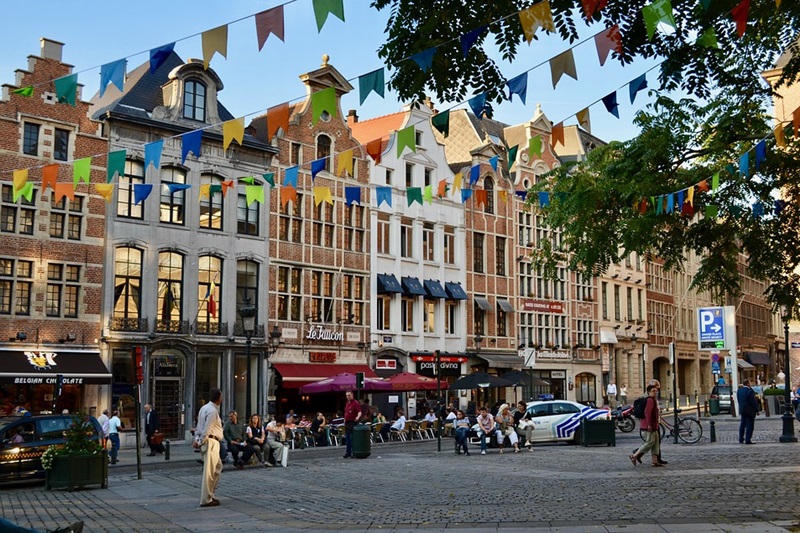
For those visiting Brussels, the point from which to start is exactly the Grand ‘Place, a true jewel of Belgian architecture. Nowhere else in the city is possible to find, all together, so many buildings and so richly decorated as those that surround it. These are the buildings of the corporations, an expression of the organization of the roles of the social classes. No wonder the Grand Place has been declared a World Heritage Site. The colorful flower market that characterizes its particular charm, is embellished by the play of light of the buildings when night falls. On the first Thursday of July, there is the Omegang, a traditional costume procession of corporate representatives.
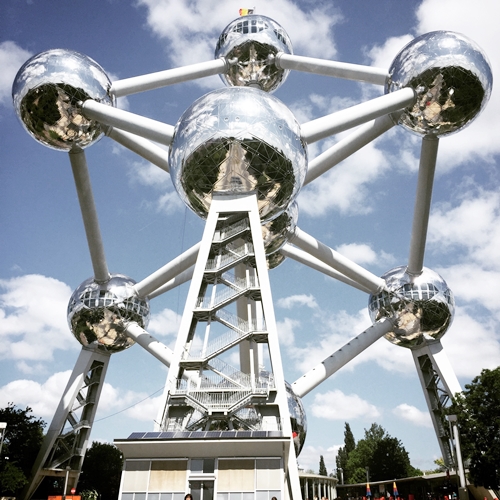
Another must-see attraction is the Atomium, an iconic structure that represents an iron crystal magnified 165 billion times. Originally built for Expo 58, the Atomium offers a unique experience with its futuristic design and panoramic views of the city. Inside, you can explore exhibitions dedicated to science and progress, and even enjoy a meal at the restaurant located in one of its spheres. The Atomium is not just a marvel of architecture but also a symbol of Brussels’ innovative spirit and forward-thinking mindset.
Transport Options from Brussels Airports
Brussels is served by two airports: Zaventem, about 15 km from the city center, and Charleroi, further away, more than 50 km from the center. It is possible to reach the city by train, bus, local taxi or private car service such as http://www.airport-transfers-direct.com/.
When it comes to airport transfer options, you have a variety of convenient choices to suit your needs. The train service from Zaventem airport is a quick and efficient way to reach the city center, with frequent departures throughout the day. Alternatively, buses provide a budget-friendly option, though they might take a bit longer due to multiple stops. For those who prefer more comfort and privacy, local taxis and private car services are readily available. Airport transfer companies offer reliable and comfortable rides directly to your destination. You can easily get a local taxi service from the airport or by visiting relevant websites. Whether you opt for a local taxi service or a pre-booked private car, you can enjoy a smooth and hassle-free transfer to the heart of Brussels.
Historic and Modern Highlights of Brussels
The Belgian capital is full of museums, all different and very interesting, the sweet tooth will remember the Museum of Chocolate and Cocoa, and important monuments, the most famous is the Hotel de Ville, the Town Hall, in the beautiful Grand Place. From the square you can reach the Galerie Saint Hubert, one of the most prestigious covered passages in Europe and one of the most popular places in the city: here you will find bars, chocolate shops, and luxury shops. The historic center is bordered by the ring road of the great avenues called the Petit Ring and has a pentagonal shape.
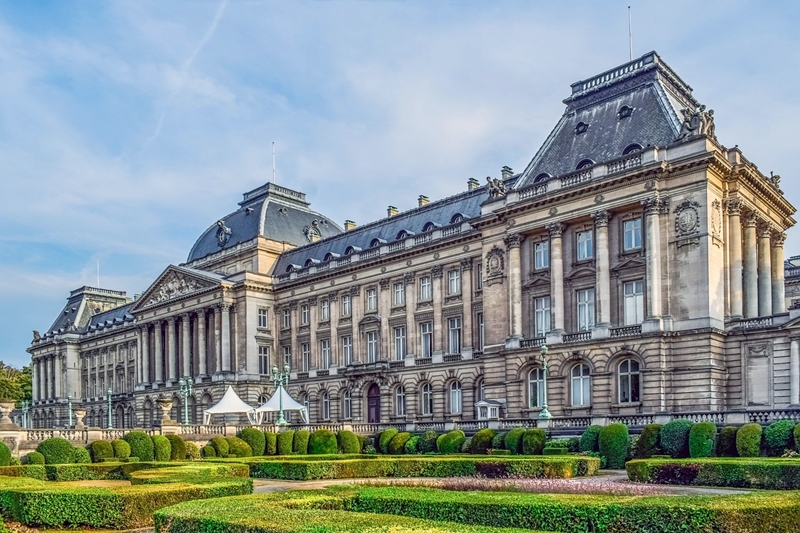
Beyond the Royal Palace area, there is the ‘European Quarter’, with the European Commission, the Council of the European Union, the European Parliament, the offices of the European Presidency, the Committee of the Regions, the political seat of Nato, and Western European Union. In this area art nouveau coexist, futuristic buildings and classical architecture typical of the northern cities.
Culinary Delights in Brussels
A trip to Brussels wouldn’t be complete without savoring its famous cuisine. The city offers a gastronomic journey with its diverse food scene, from savory waffles and crispy frites to hearty stews like carbonnade flamande. Don’t miss out on trying the famous Belgian chocolates and pralines, with numerous chocolatiers scattered throughout the city, offering a taste of pure indulgence. For those who love seafood, moules-frites (mussels with fries) is a must-try, often enjoyed with a refreshing Belgian beer. Whether you’re dining at a quaint street-side café or a luxurious Michelin-starred restaurant, Brussels’ culinary offerings are sure to leave you delighted.
Conclusion
Brussels, with its mix of historical allure and contemporary energy, is a city that enchants every traveler. From the architectural splendor of the Grand Place to the innovative structures in the European Quarter, and from the rich cultural heritage to the delectable culinary experiences, there is something for everyone in this Flemish capital. Whether you’re strolling through its picturesque streets, indulging in its culinary delights, or exploring its numerous attractions, Brussels promises an unforgettable experience. Plan your trip and uncover the myriad aspects of this captivating city.

